OUR MISSIONS
From sales to customised solutions.
When Éric Piegay and Dominique Doussot took over Wattohm in 2016, 30 years after it was founded in Charnay-les-Mâcon (71) near Lyon, they injected a proactive dimension into the company specialising in aeraulics.
Present since its beginnings in all sectors of industry, Wattohm is positioning itself more than ever as a provider of global solutions for end-user customers and installers alike.
Whatever your field of activity, Wattohm can support you, from audit to installation, from design to assembly, and provide you with the solution best suited to your needs.
Present throughout France, Wattohm is now developing its services for export.
Our team is united in a common goal, and our human-scale structure means we can react quickly to provide ongoing support right through the installation.
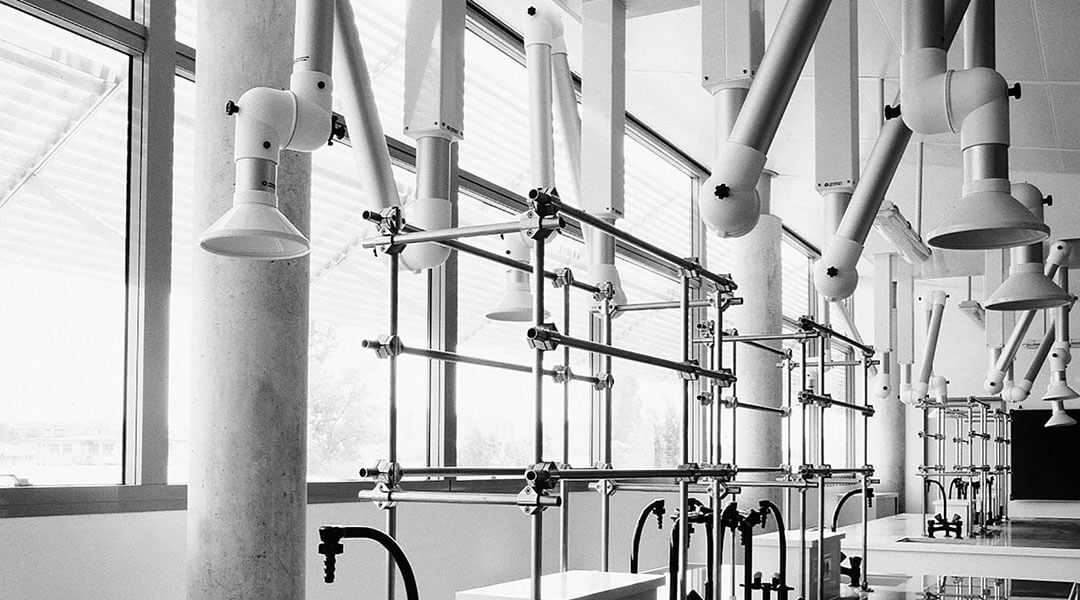
Our history
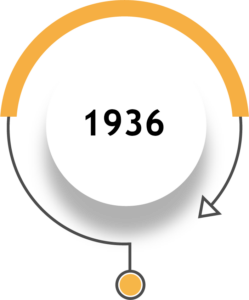
Creation
Wattohm, specialising in wireless supports, is founded in Paris.
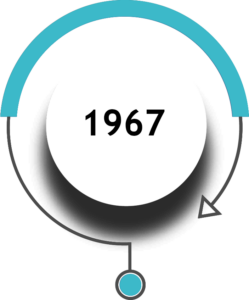
Planet Wattohm
Wattohm forms Planet Wattohm with the Planet group, a specialist in metalwork and plastics, and diversifies its activities.
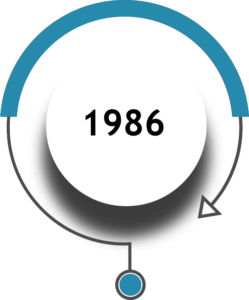
Equipement
Wattohm Équipement was set up by Mr Preney and made a name for itself with its suction arms, mobile units and Pouyès rings.
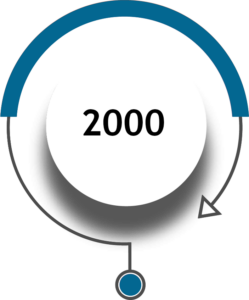
Relocation
Wattohm Équipement is moving to Charnay-lès-Mâcon (71).
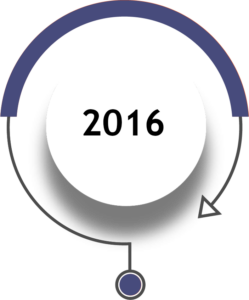
Buyout
Wattohm Équipement is acquired by Eric Piegay and Dominique Doussot. International expansion of activities in the industrial ventilation sector.
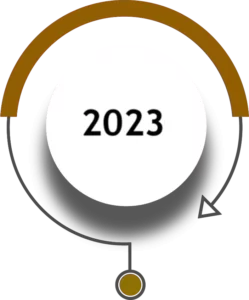
Installation
Wattohm will acquire its new premises in 2023, still in Charnay-lès-Mâcon (71). The new premises will accommodate 40 people and continue to design dedicated installations and solutions.
Our partners

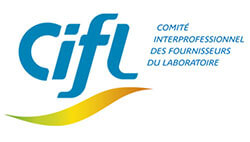
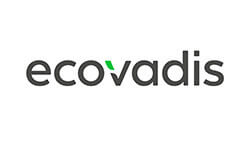
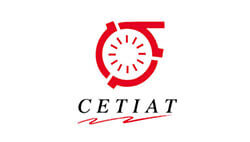
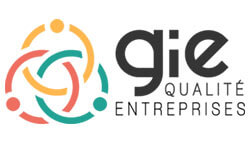
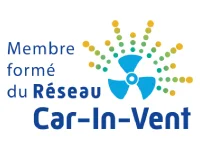
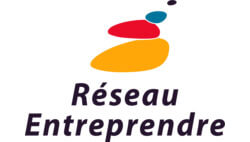
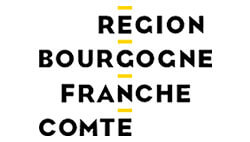
How we work
Based in Charnay-Lès-Mâcon in the Saône-et-Loire region, Wattohm has a mobile team available throughout France.
With almost 40 years’ experience, we have built up a solid working relationship with all our partners (customers, suppliers, installers, service providers, etc.).
Our business is divided into two distinct areas:
Installation
Installation involves our project teams: sales staff, draughtsmen, project managers, business assistants and logistics.
Sales staff assigned to each major region carry out site visits to take stock of the situation, with the aim of meeting a set of specifications. A team made up of a project manager, a draughtsman and business assistants organises itself in project mode to implement the best solution to the various constraints encountered (plans, studies and technical solutions, management of schedules and milestones).
This team also provides the services associated with the installations: preventive maintenance, periodic inspections and expert appraisals.
These installations are preferably carried out by approved local partners who are familiar with our equipment and working methods.
Equipement
For the equipment, 3 people share responsibility for sales, sales administration and logistics.
We offer a wide range of standard products, with the option of making customised equipment thanks to our design office.
Our reactive team can respond to your needs by proposing equipment that is adapted to your constraints. The idea of having a team dedicated to the equipment side of the business means that we can get back to you quickly and communicate effectively on an ongoing basis, so that we can respond to your project as quickly as possible.
As part of a continuous improvement process, each project is analysed by our technical/sales managers and our teams in order to optimise our organisation.
Trust and an agile working method are at the heart of how we operate, leaving the sales team and the project manager free to propose short-term milestones in line with your requirements, and guaranteeing ongoing monitoring right through to final acceptance.
« Coming together is the beginning. Keeping together is progress. Working together is success. » Henry Ford

Our vision
Since restructuring in 2016, WATTOHM’s aim has been to build a business operating in all sectors of industry, both nationally and internationally.
Innovations in the industrial field are important, as we see with Industry 4.0 and new tools such as scanners, 3D printers, laser technologies and so many others.
We do our utmost to meet the demands of the sector by offering flexible solutions while preserving the quality of life and well-being at work of our employees.
We cultivate the idea of becoming a major player in tomorrow’s industry with flexible solutions based on co-construction.
The continuous improvement of the company, in all its activities, is at the heart of our development, on the one hand for the internal quality of life and well-being at work, on the other, it facilitates relations in projects and creates the enthusiasm that is the basis of all progress.
« Success belongs to everyone. But it is only team work that merits. » Franck Piccard.

Our philosophy
The human dimension and the environmental dimension.
Wattohm has always put people at the heart of its concerns. The health and safety of operators is the primary focus of the company’s missions in all its sectors of activity (nuclear, aerospace & defence, food, chemicals, pharmaceuticals, cosmetics, rubber & plastics, laboratory, packaging, metallurgy, etc.).
More than ever, Wattohm is extending this human dimension to its own environment and developing the notion of collaborative fulfilment (editor’s note: specific to horizontal management) internally.
Indeed, its managers believe that to win the game, you have to play to your strengths, play the collaborative card to reflect, innovate, imagine complete solutions and ensure that this game circle becomes a virtuous circle in which everyone can express themselves and contribute relevant ideas.
Because we can’t preserve the air on the one hand and draw excessively on our planet’s energy reserves on the other, Wattohm is developing solutions that enable its customers to protect operators as part of a sustainable development approach.
In this way, Wattohm is adopting a philosophy of ‘ecolonomy’ that is so important to the industry of the future. With this in mind, Wattohm joined the EcoVadis programme in 2024. This programme enables us to challenge ourselves on CSR (Corporate Social Responsibility) with a wide range of ratings such as: Environment, Social & Human Rights, Ethics and Responsible Purchasing.
Internally, we also encourage the simplification of processes and see the future through the prism of connectivity, innovation and digital tools, with the aim of freeing employees from time-consuming organisational constraints so that they can refocus on research, development and customer satisfaction.
Wattohm favours a short supply chain by working with local specialist partners. In this way, we promote made in Europe and a low carbon footprint.
